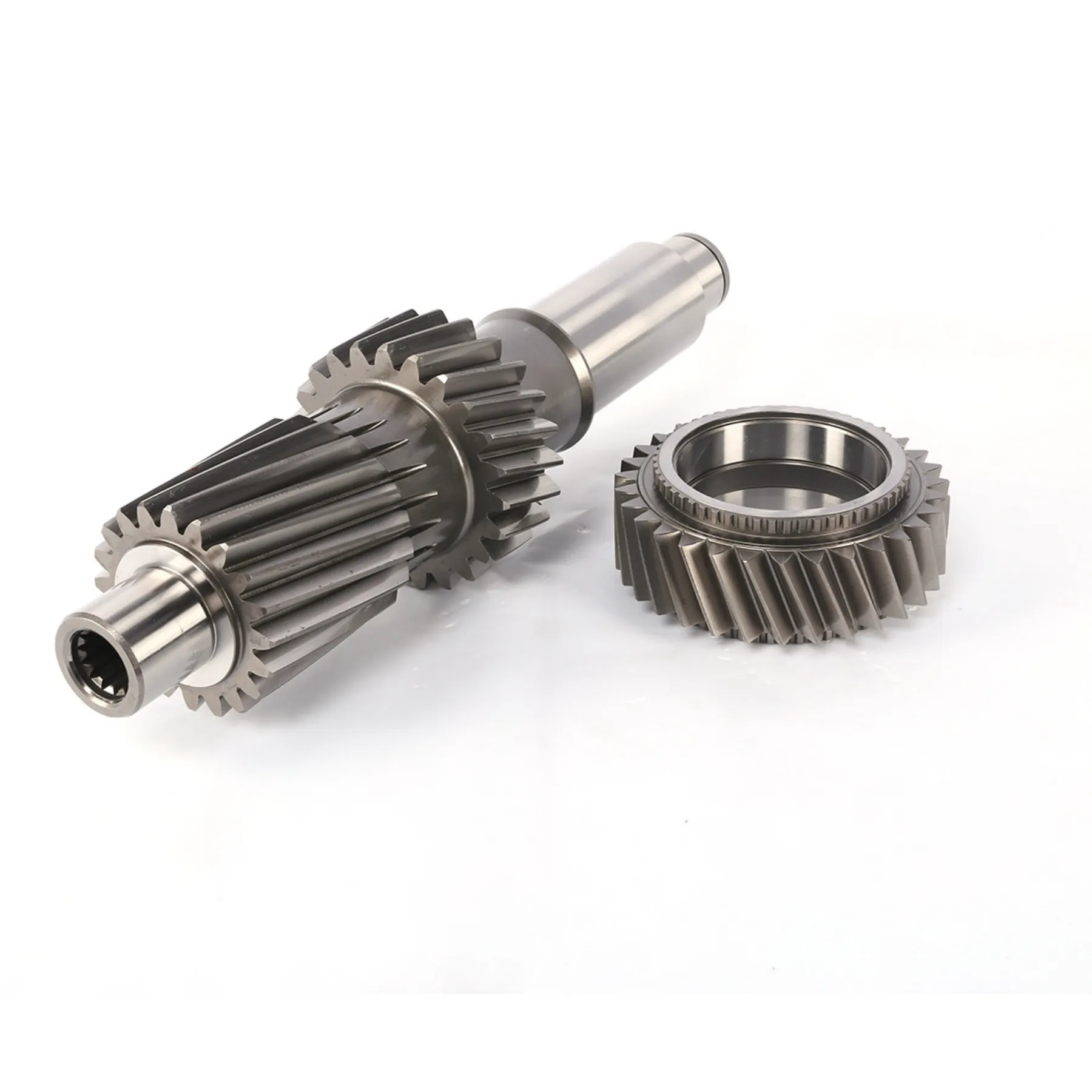Structure And Type
According to the shape classification: there are straight gear, the teeth are parallel to the axis of the gear, the structure is simple, easy to manufacture, but the contact degree is small when meshing, the transmission smoothness is poor, the noise is large, often used in some low-speed and light-load transmission with low precision and noise requirements; Helical gear, the tooth direction and the axis have a certain Angle, the contact degree is large, the bearing capacity is high, the transmission is stable and the noise is low, but the axial force will be generated, and the corresponding bearing needs to be added to withstand the axial force, which is widely used in various transmissions; Double helical gear, equivalent to two helical Angle opposite helical gear combination, the axial force cancels each other, the carrying capacity is higher, often used in large, heavy equipment transmission.
Classified by function: including input gear, connected with the engine crankshaft, receive the power from the engine and input to the gearbox; The output gear is connected with the drive shaft to transmit the power in the gearbox after the transmission to drive the wheels and other components of the vehicle; Intermediate gear, located between the input gear and the output gear, plays the role of transition transmission, change the transmission direction and adjust the transmission ratio.
Working Principle
Power transmission: the engine operation drives the input gear on the input shaft to rotate, the input gear engages with other gears, and relies on the interaction between teeth and teeth to transfer the power to the intermediate gear (if any) and the output gear, and finally transfers the power to the driving wheel and other components through the output shaft to make the vehicle or equipment move.
Variable speed principle: Change the transmission ratio by meshing gears with different numbers of teeth. For example, when the big gear drives the small gear, the speed of the small gear will be faster than the big gear, but the output torque will be smaller, to achieve growth and torque reduction; On the contrary, when the pinion drives the big gear, the speed of the big gear slows down, the torque increases, and the torque increases. In this way, transmission gears enable the vehicle or equipment to obtain the right speed and torque under different working conditions
Application Scenario
Automotive field: In manual transmission, the driver selects different transmission gear combinations by operating the shift lever and clutch to achieve different speed and torque output to adapt to starting, accelerating, climbing, high-speed driving and other working conditions. In the automatic transmission, the gear meshing and separation are automatically controlled by the hydraulic system or the electronic control system, and the appropriate gear is automatically selected according to the driving state of the vehicle and the operation of the driver, providing a more convenient driving experience for the driver.
In the field of agricultural industrial machinery: in the transmission of machine tools, transmission gears are used to achieve different cutting speeds and feed speeds to meet the requirements of various processing processes. In industrial equipment such as cranes and conveyors, the power is reasonably distributed and transmitted through the transmission of transmission gears, so that the lifting and conveying of equipment can run at a suitable speed and strength.
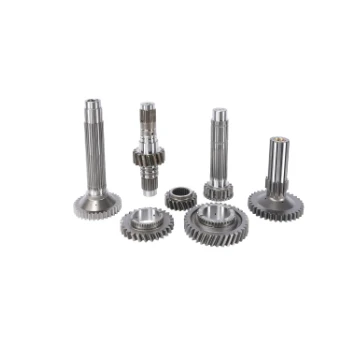
The agricultural and industrial machinery sector is experiencing remarkable growth, and at the heart of this expansion lies the trade and supply of tractors.
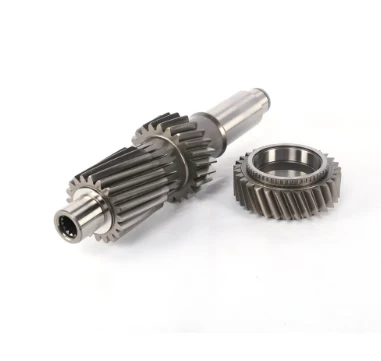
In the world of heavy - duty construction, the seamless operation of machinery is crucial for large - scale projects.
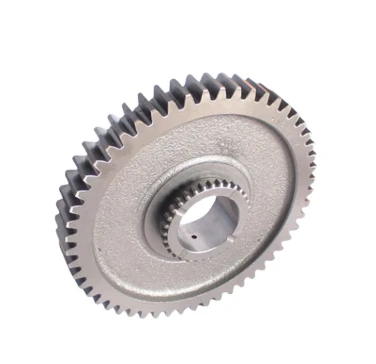
The world of tractors is vast and varied, catering to both practical agricultural needs and the passionate interests of collectors.
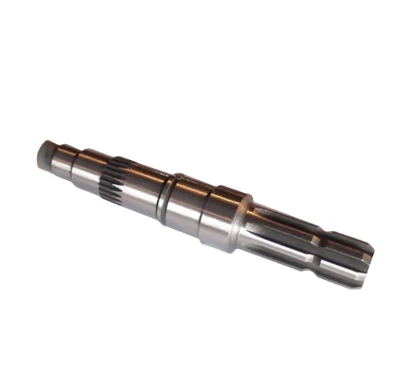
The agricultural and construction machinery landscape is constantly evolving, with tractors standing as essential workhorses for a variety of tasks.
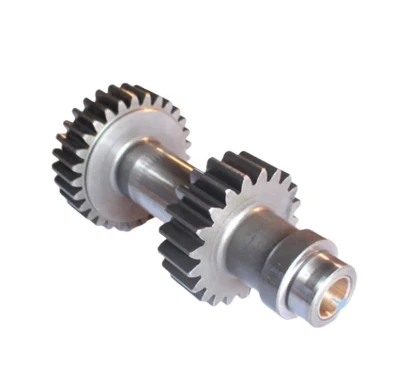
In the intricate world of mechanical engineering, gears are fundamental components that enable the seamless transfer and manipulation of power.
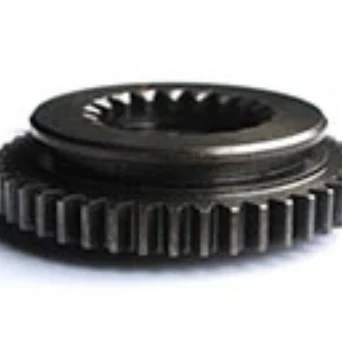
The market for tractors is a bustling hub, catering to a wide range of needs from large - scale farming operations to small - scale gardening projects.
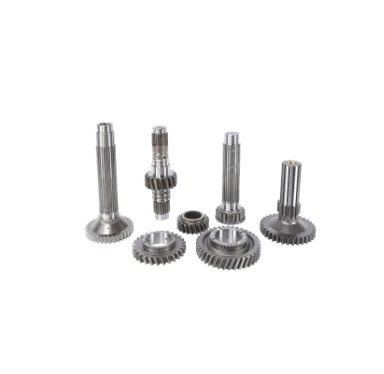
In the dynamic world of farming, machinery has become an essential part of efficient and productive operations.
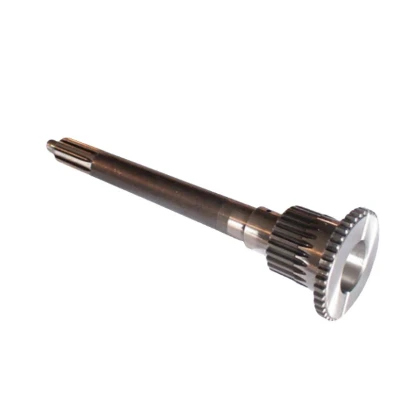
In the expansive realm of agriculture, various tools and machines play crucial roles in ensuring efficient crop production and overall farm management.
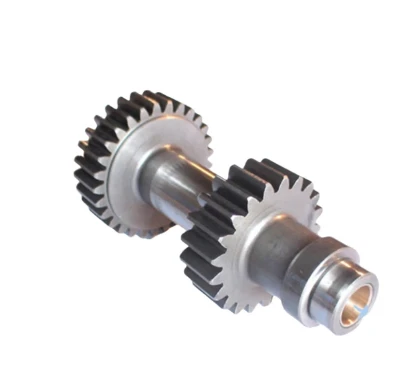
Tractors are essential workhorses in the agricultural and construction sectors, playing a pivotal role in a wide range of tasks.
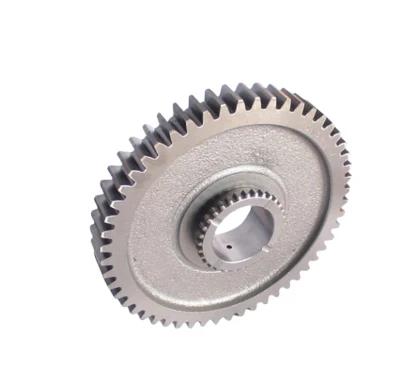
The agricultural and construction sectors rely heavily on tractors for their operations, and the entities involved in the production, distribution, and pricing of these machines shape the industry's trajectory.

Transmission Gear: Power, Precision, and Unmatched Reliability!
Enhance machinery performance with durable, high-precision transmission gears for optimal results!
International layout
Spread all over the world
our products are exported to various parts of the world. Currently, our products have been exported to more than 40 countries Our products cover Asia, Europe, Africa, South America, North America, and Oceania
Sign up
for Newsletter
Subscribe to the weekly newsletter for all the latest updates

